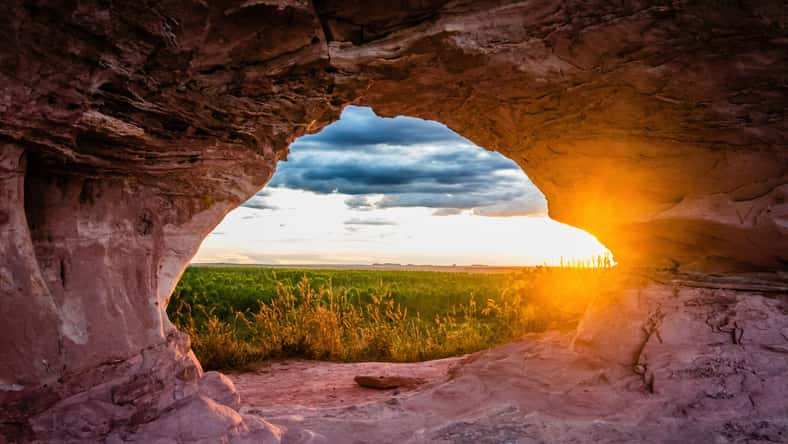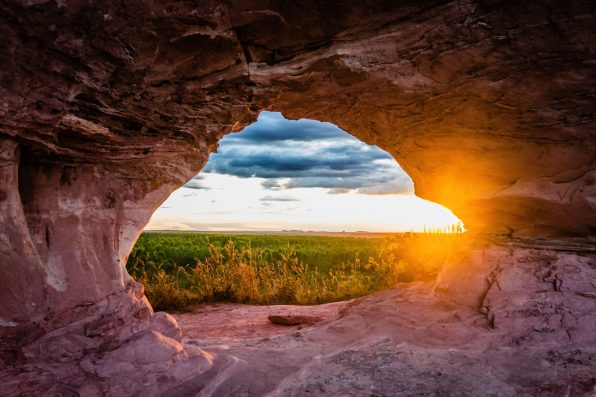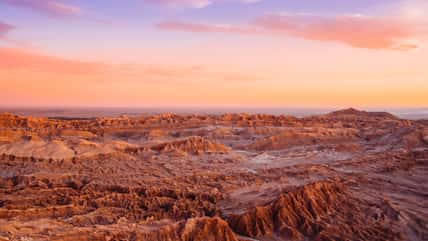Archaeologists In Brazil Have Discovered 16 Sites Containing Ancient Rock Art Dating Back 2,000 Years Ago, Featuring Carvings And Paintings Created Using Red Pigments

Thousands of years ago, people engraved rock walls in Brazil with artwork. A team of archaeologists with Brazil’s National Historical and Artistic Heritage Institute (IPHAN) found 16 archaeological sites containing rock art located in the Jalapão region in the east of Tocantins state.
Excavations in the area were conducted over the past two years in the hopes of finding new sites. Now, their efforts have paid off.
Some of the rock art is thought to date as far back as around 2,000 years ago. According to an IPHAN archaeologist named Rômulo Macêdo, most of the sites feature carvings, while the rest contain paintings that were created with red pigments. The number of paintings was much fewer than the number of engravings.
“Because of the techniques and the themes represented, it is likely that the paintings are older than the engravings and that they were made by another cultural group, but further research is needed,” said Macêdo.
The 16 sites are all near each other, located along the same wall of rock. Aside from close proximity, the sites are also connected through the symbols that keep showing up across the various works of art. This suggests that the ancient artists shared the same belief system.
The symbols that were engraved and painted on the rocks include depictions of human footprints, animal tracks of creatures such as wild pigs and deer, and figures that seem to represent celestial beings.
Currently, it is unclear who made the rock art and for what purpose since its research is still in the beginning phases.
However, there are many possible interpretations. Macêdo said that they may have been used as a calendar to mark the passage of time, a way to communicate with spirits, define territorial limits, or record the events that occurred in myths.
Previously, little was known about the people who lived in the Jalapão region during the pre-colonial period, but the new findings have provided some insight into what their civilization was like.

Gustavo – stock.adobe.com – illustrative purposes only
“Recent discoveries of archaeological sites, in addition to helping fill a void of knowledge we had of that vast area, show that the presence of human groups in the region dates back thousands of years,” said Macêdo.
More specifically, the evidence indicates that human occupation dates back about 12,000 years ago. It is likely that the ancient peoples were drawn to the area because of its lush environment. Even today, the region remains one of the most biodiverse savannas in the world.
The rock art sites are at risk of disappearing forever due to natural elements, such as forest fires and wind erosion, as well as human activity, such as vandalism and deforestation.
As a result, IPHAN has launched conservation and education efforts to preserve the sites and their heritage.
Sign up for Chip Chick’s newsletter and get stories like this delivered to your inbox.
More About:News





